Toy Story turns 26: Decoding Disney-Pixar’s debut venture and its timeless appeal
Toy Story’s overwhelming connect, more than two decades after its release, is a testament to good filmmaking.
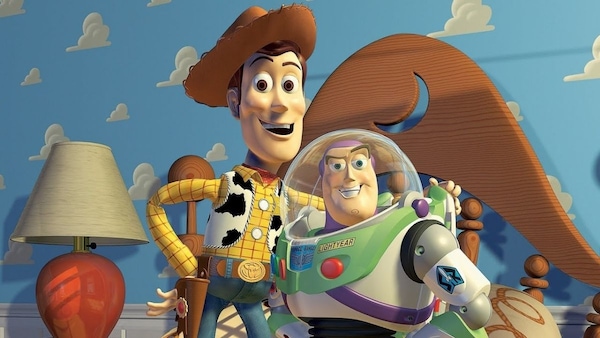
Last Updated: 03.31 PM, Nov 22, 2021
Toy Story’s release, 26 years ago, was a watershed moment in cinematic history, in more ways than one. Pixar debuted with its first animated full-length feature and the world marvelled at its computer graphics. The technological perfection that Toy Story showcased, was brilliantly backed by a compelling storyline revolving the old and the new. The film’s crux lay in the usurpation of traditionalist ways by the up-and-coming trends. Andy (John Morris), the central character abruptly shifts his affections towards his new toy Buzz Lightyear (Tim Allen), a plastic astronaut who comes in a shiny spacesuit and ‘shmancy’ pop-up buttons. This thrusts Woody (Tom Hanks), Andy’s former favourite wooden cowboy, into a proverbial existential crisis. His only USP is a few recorded words when you pull a string; a poor match for the automated space helmet that Buzz comes equipped with.
The constant tussle between Woody and Buzz, to prove their importance to Andy, has often been compared to parental struggles for validation from children. Pixar thereby, upended the concept of a ‘children’s movie’ and produced a film that spotlit the unacknowledged paternal and maternal forces around us. For the first time, the narrative shifted from the cared for, to the caregivers. Pixar’s Finding Nemo (2003) followed a similar plot.
Yet, Toy Story’s two male leads, Woody, and Buzz, have often come under the scanner for Pixar’s overt dealings in narratives that bolster male perspectives and lack female agencies. When the constant criticism pertained, Disney took a conscious decision to include more female characters in the later instalments of the Toy Story franchise. This advocacy of the hyper-masculine has even, in certain factions of the industry, been correlated to director John Lasseter’s later confessions of behaving inappropriately with women.
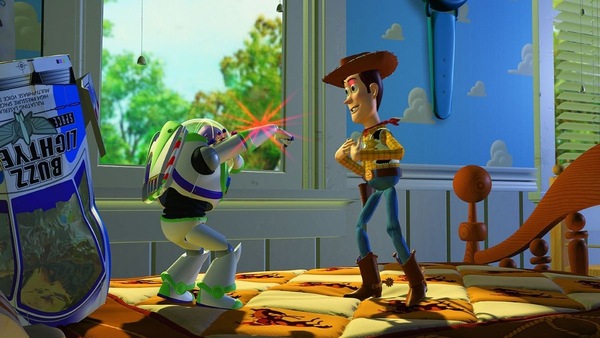
Toy Story was the first venture that Disney and Pixar were pushing in collaboration. Understandably then, a lot was dependent on the film (and its hopeful success). And though Pixar backed the project with its technological prowess, Disney’s legacy of a story-first approach was also a looming factor. Even if the film were a pioneer in terms of technological advancement, only the ones with a foolproof storyline could ever make an inter-generational impact, as with films like Snow White and the Seven Dwarfs (1937), Wizard of Oz (1939). Toy Story’s core, had to then lie within a universally relatable concept. The story underlined characters that were atypical of Disney’s rose-tinted world of delusion and bliss. The cynical leads were sure to put a dent in the mass appeal of Disney’s ‘escapist’ entertainment. Not surprisingly, Disney was known to have rejected multiple versions of Woody, stating he was not “likeable enough.”
Despite Disney’s intervention and Woody’s final ‘watering-down’, the product was a realistic portrayal of human flaws. Not only were the toys adorable and problematic in equal measure, but their characteristic grey-ness also made them more human. Lasseter’s move to anthropomorphise the toy ensemble evidently bore fruit, making Toy Story the highest-selling movie for three consecutive weeks post-release.
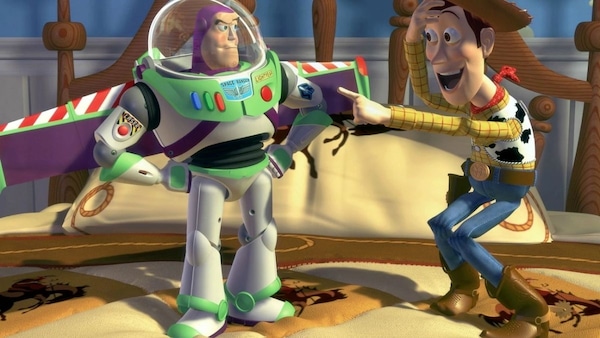
Toy Story is indisputably one of the most seminal works of cinema of the previous century. The only other animated film that perhaps corresponds to its influence is Snow White and the Seven Dwarfs. The film’s cultural omnipresence can be evidenced in the countless Disney park rides dedicated to it.
Although directed towards a younger milieu, Toy Story resonated with adults as well. The film was also responsible for creating cinema literature with multiple scholarly studies and books written on it.
It was also the highest-grossing film of 1995. The resounding success resulted in three more sequels, which hit theatres in 1999, 2010 and 2019. Apart from these, the franchise also consists of several television spinoffs and specials, as well as three short films. Further, Toy Story’s widespread acceptance also emboldened other major Hollywood studios to experiment with computer animation. A week after the film’s release, Pixar launched its IPO, which was valued at an astronomical $1.5 billion dollars.
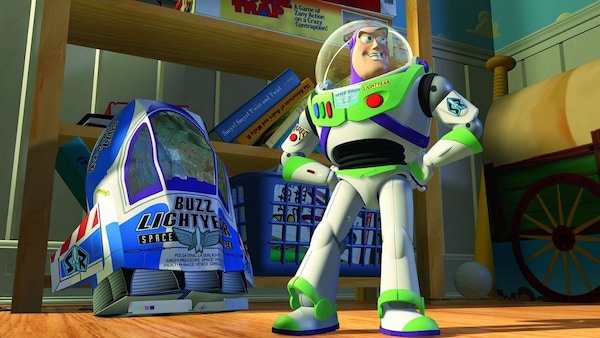
Commercial success aside, the film’s critical acclaim was proven in its stint at the Academy Awards in 1996. The movie nabbed four Oscar nominations and won a Special Achievement Award for Lasseter. For the first time in Hollywood history, animation was recognised and feted. It is strange to think films like Coco (2017) and Up (2009) would perhaps not have existed had Toy Story not had such a lucrative run.
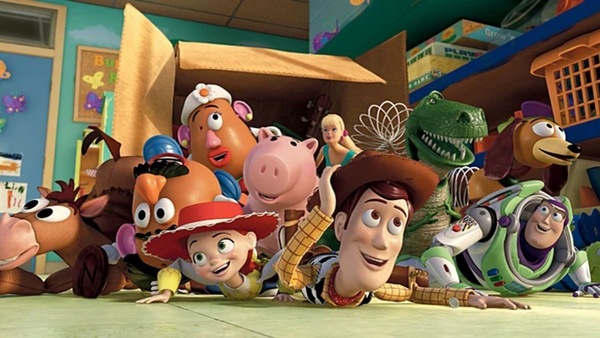
The characters’ mammoth connect and the overwhelming success of the film bolstered the film’s equity. Woody and his motley crew of toys became every child’s prized possession and possible dream-team. The concept of your forever-imaginary friend suddenly coming alive was too enticing to be ignored. Disney-Pixar had seemingly decoded yet another facet to children’s storytelling through Toy Story. Talking about the characters’ (especially Woody’s) appeal across masses, Lasseter had once said, “There was a little boy with his mom holding a Woody cowboy doll. The look on his face I will never forget. It was the first time I’d seen a character we created in the hands of somebody else. I think about it every day: that character no longer belonged to me, it belonged to him.”

